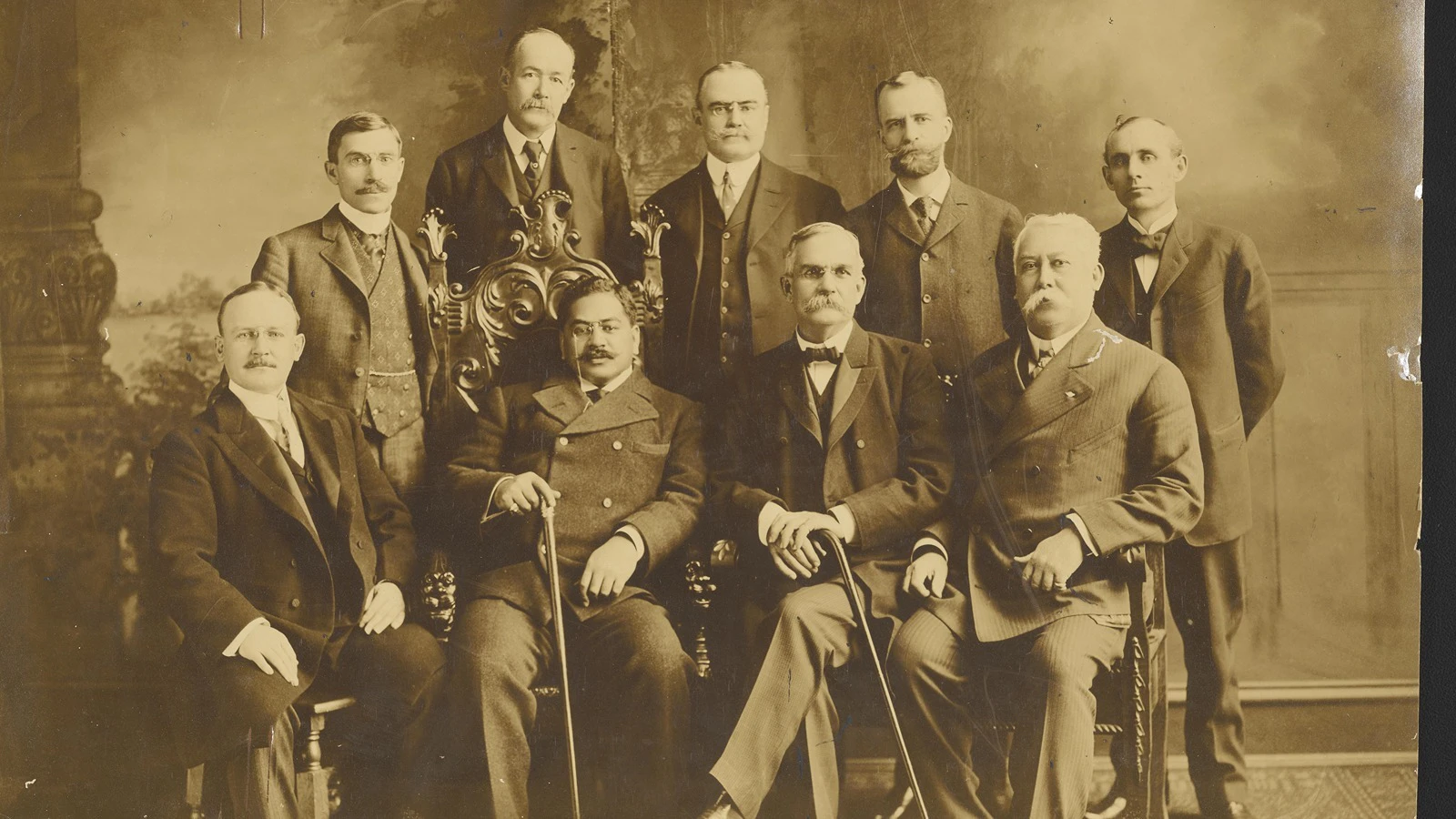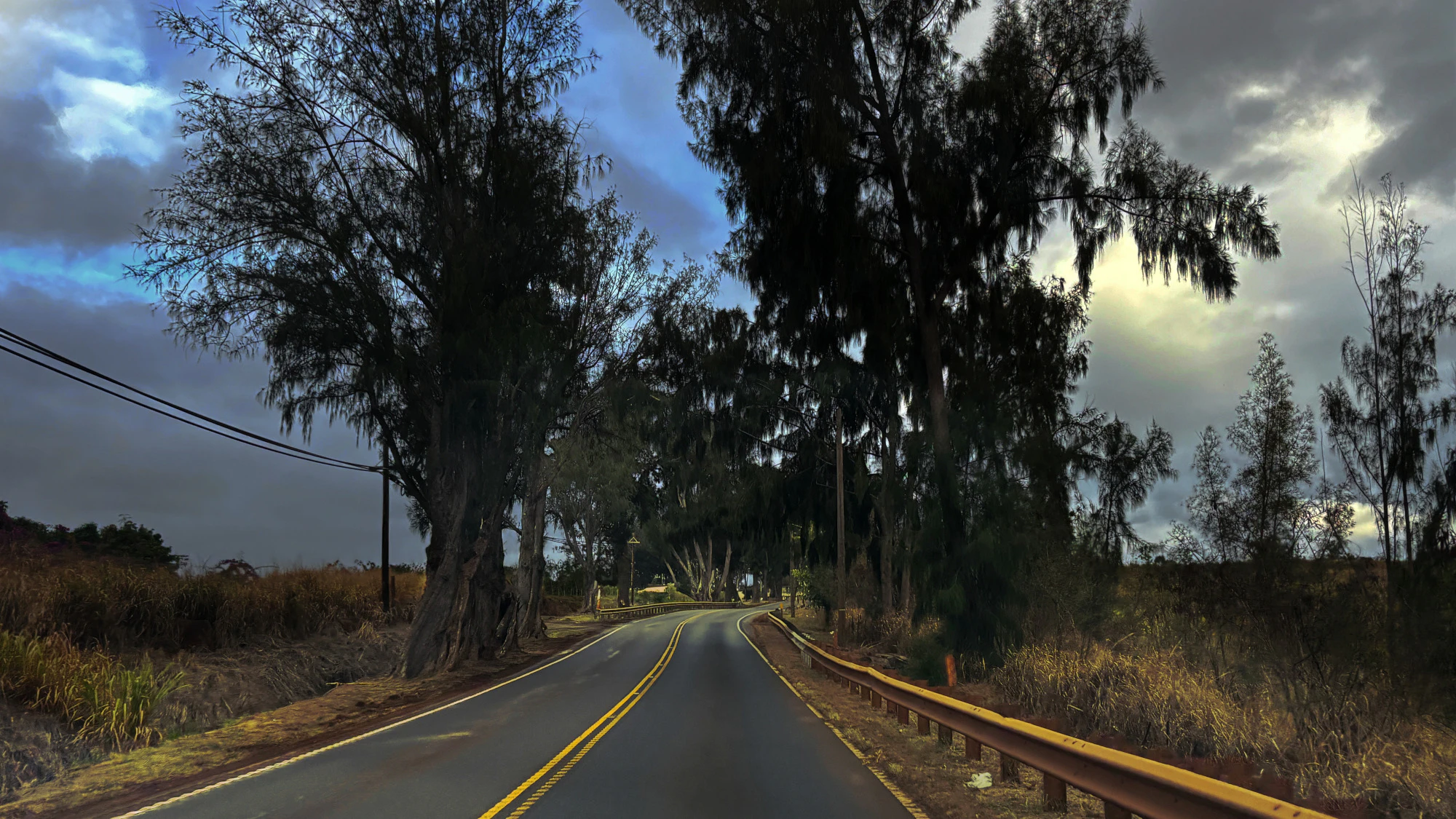Kamapuaʻa, the wild and rebellious demigod, is usually found in Hawai‘i’s lush, rain-drenched forests and valleys. Part man and part pig, Kamapua‘a is a shape-shifter whose most common form is that of a large wild hog. His restless spirit drew the fury and disdain of Pele, the fiery goddess of the volcano, but he pursued her relentlessly.
With his boundless passion, the nature of the pig god’s affinity for cooling rains and verdant lands countered Pele’s tempestuous fire and her lava’s destructive creation. The relationship between the two was filled first with anger and violence and then with wild desire. Eventually, Kamapua‘a could never tame the goddess’ flames, and Pele could not cage the demigod.
In their final epic battle, the pair realized it was impossible to destroy one another. Kamapua‘a proposed a truce, and the pair agreed that Pele would remain on her side of the island where it is hot and arid, and Kamapua‘a would remain on his side, where it is cool and lush, and none shall trespass into the other’s domain. From this ancient feud comes the superstition of carrying pork from one side of the island to the other.
Locals on O‘ahu will be quick to tell you, “Don’t bring pork over the Pali!”
This is a warning that if you should bring pork from Kailua over the Nu‘uanu Pali, you are carrying the kinolau (the embodiment) of Kamapua‘a into Pele’s territory, angering her. Personal stories of car trouble, strange occurrences, and even ghostly encounters from people who had pork in their cars reinforced this belief, with the scary events only ceasing once the pork was removed.
The story of bringing pork over the Pali is just one layer of the complex and spiritual history surrounding this place. If you ask different people why the Pali is haunted, you’ll likely get several vastly different answers, and most of those answers might be true. This haunting, spiritually powerful place has a long and violent history. It’s not just one thing that haunts the Pali; it’s many.
In 1947, ten years before the first Pali tunnel was completed, a group of young men and women had been discussing the supernatural and learned that, under certain conditions, “spooks” could be seen at the Nu‘uanu Pali. They initially took this information as a joke and decided to test the theory just after midnight. Upon the advice of their Hawaiian friends, they brought with them some raw pork and fish. The night was very dark, and there was no moon.
Just around midnight, they drove up to the lookout, parked their car facing the plaque dedicated to King Kamehameha I, and sat there in the dark, waiting for something to happen. After a short while, one woman alerted the group to a large figure that looked like a man sitting on the side of the hill with his arms locked over his knees.
The driver turned on the car’s headlights, and the figure moved. When the lights were turned off, it suddenly reappeared in a different place. Although the night was dark, the figure was clearly visible, and the group watched in horror as the ghostly man changed his shape to that of an animal. The group tossed the pork out of the car, and in that instant, the awful odor of death and decomposition enveloped them.
Around 12:45 am, this group of young men and women entered the police station and excitedly shared their terrifying experience with the police lieutenant on the midnight watch. Although the story may have impressed the Lieutenant, his only comment to the newspaper was, “They threw away pork at $1 a pound!”
What or who did these five young adults encounter? Could the strange figure have been the demigod, Kamapua‘a? What is your experience in bringing pork over the Pali?





